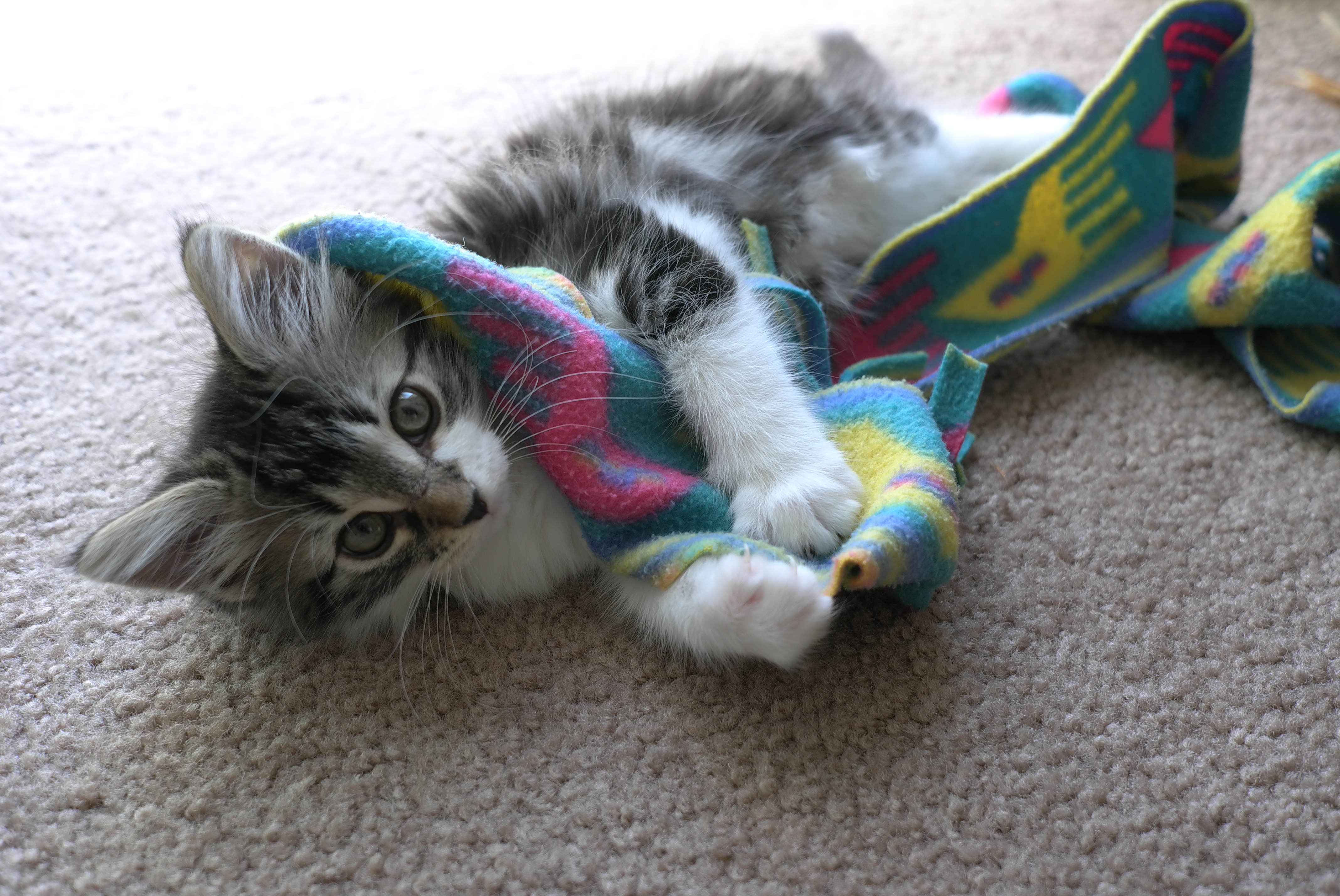On January 1, I started year-long project “Flickr a Day“. I choose from among the content-sharing service’s Creative Commons-licensed photos and post them here, with some backstory about the photographer. A comment on Ello got me to thinking about the process I use, which is very deliberate, and the value of explaining it.
First, digression: Last night I posted to new social network Ello for the first time. Less than 24 hours later, I see what the raving is all about. I like Ello. Fresh, and refreshing, describes the posting and community experience.
She’s Right to Wonder
Now, back to our regularly scheduled ditty. This afternoon I posted to Ello links to the first four Flickr a Day posts, to which photographer @clyck commented:
Not to be a cynic (a regretful nurture, not a nature, trait for me), but you can’t be sure that all of the photogs on Flickr posting awesome Creative Commons non-commercial images are posting their own images. Often it is obvious that it IS the photogs own work, such as with selfies, repeated images of family members, same style/location/editing repeated over and over etc. But photography copyright infringement seems to be the norm these days not the exception, even though i’ve never seen statistics on the matter (as if a reliable number could be found). There are so many photogs, photos, photo sharing sites, social media sites, and so on and so on that the percentage of times a photog is even aware of the infringement must be quite small. no? i would be giddy if you gave me the what-for on why the answer is no, btw.
She makes an extremely valid point, to which I am aware, I respond:
I curate each photographer and his or her images by cross-checking blog posts, social media accounts, and EXIF data. If the latter is missing or doesn’t match up other photos in the stream, I assume the image is shared rather than shot.
Generally, I feel most confident when the EXIF camera data is consistent among photos. That’s the strongest indication, in my estimation, that the sharer is the shooter.
Because the rights-ownership curation is so involved, I batch-prepare photos in 7-day groups. The process also decreases the likelihood I would miss a day because of unexpected circumstance.
As a journalist, my first inclination is to suspect everything and to verify and authenticate. I assume that many people will share someone else’s photos, to which they don’t have rights or to the rights-owner they don’t attribute.
The practice, in my observation, is most widespread on blogs—and for no one single reason. Sharing is easy, people don’t any better, and so on.
You Can’t Just Share Anything
As a content producer I am acutely aware of the importance of properly crediting photos. I also understand there are potential legal liabilities to using an image to which you don’t have rights and/or don’t attribute.
On this website, if a photo isn’t attributed, I shot it. Otherwise there will always be a photo credit.
Some advice: Crediting is never enough, and I see this mistake across the InterWebs. For example: You blog, pull a photo posted to BBC News and credit to Getty Images. That’s not good enough, because BBC’s right to use that image doesn’t extend to you, particularly from a stock image shop like Getty that licenses photos for a fee.
You either need to explicitly obtain rights (e.g. ask permission) or implicitly be granted them (e.g., photo is public domain or released under Creative Commons license). Any photo licensed All Rights Reserved is off-limits, unless you are specifically granted permission to use it. You must ask and likely will have to pay.
I first wrote about Flickr theft in December 2010: “Freely Available doesn’t mean Free“. Content there is still relevant and worth reading, too.
For here and now, the point: I curate all photos credited on this website, not just those for Flickr a Day. I never assume the person slapping on a Creative Commons license has the right to do so. Neither should you.
